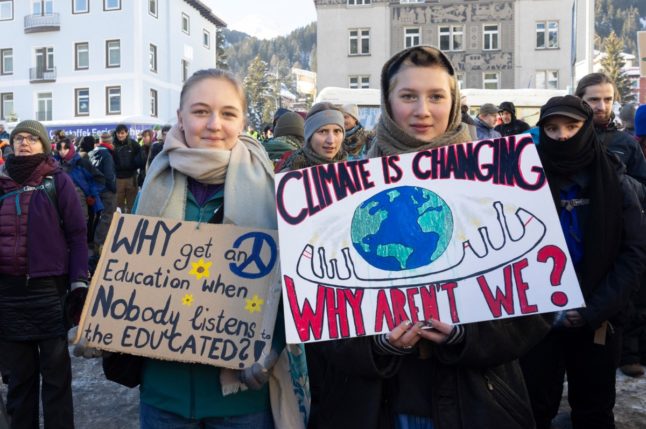Switzerland’s system of direct democracy and the substantial devolution of power to cantons and local communities means that each municipality has the power to decide which languages are officially recognised.
This is often achieved via a referendum, with the people of the canton or municipality voting in favour or against an agreed change.
This right is frequently exercised by Swiss towns and cities—83 to be exact, 44 of which have done so since 1950.
What does that shift look like?
Since the 17th century, the Swiss have kept extensive records regarding the official language employed in each municipality, noting when they have changed.
Examining the data, we find that in addition to much of that shift occurring in the last 70 years, most of that shift has been towards towns and cities adopting German as the official language.
This switch to German has been focused on Graubünden in the nation’s east.
Since 1950, 32 communities in the canton have voted to drop Romansh in favour of German.
Elsewhere, three municipalities in the western canton of Fribourg have changed from German to French: Pierrafortscha, Courtaman, and Wallenried.
Additionally, one community in the canton of Vaud, Champmartinc, and the town of Thielle-Wavre in Neuchâtel have also become Francophone.
In the Italian-speaking canton of Ticino, the municipalities of Bosco Gurin and Orselina ended up switching from German to Italian by the year 2000.
READ MORE: Just how good are the Swiss at speaking the country’s different languages?
Why do these changes occur?
Most of these shifts occurred between Romansh and German, demonstrating the growing influence of the infrastructure that linked Switzerland over the last two centuries.
In the 19th and 20th centuries, roads and railways exposed many valleys that previously spoke Romansh to the rest of the country.
Tourism also became a significant source of income for locals in these regions – speaking German was now a necessity.
With large numbers also moving to the cities or commuting across significant differences for work, Romansh began to be spoken much less frequently.
READ MORE: Romansh: What you should know about Switzerland’s fourth language
Such was the exodus, that Romansh began to decline as a language until significant efforts were made in the 19th century to record and preserve it.
Another concerted effort to maintain the language began in the early 21st century, with the language being taught in schools.
Around 60,000 people speak it today, and there’s even a state-sponsored Romansh media outlet – Radiotelevisiun Svizra Rumantscha.
This same infrastructure growth can also explain the switches to French and Italian in their respective areas – parity in language across an entire region simply made economic and administrative sense.
How do these changes impact everyday Swiss?
It should be noted that these changes mainly affect the language used in government and schooling.
Ballots, legislation, and other official documentation must be provided in that language, as well as road signage.
However, in towns and cities that have made the change, it may be a decade or two before the language shifts in everyday conversation.
Additionally, four Swiss cantons, as well as the cities of Fribourg and Biel / Bienne are officially multilingual – everything must be presented in the languages decided by those local governments.



 Please whitelist us to continue reading.
Please whitelist us to continue reading.
Member comments